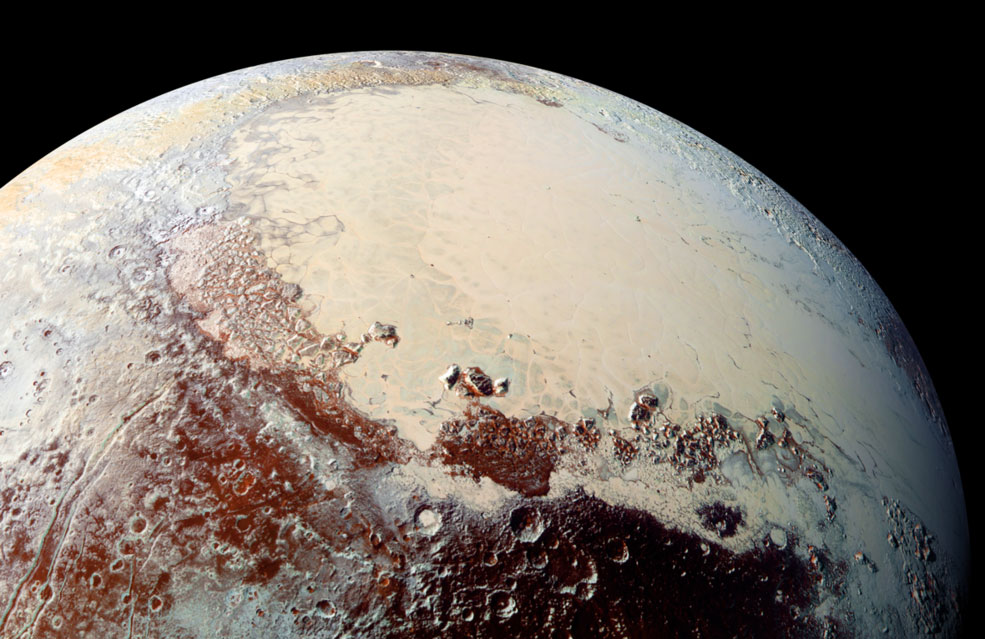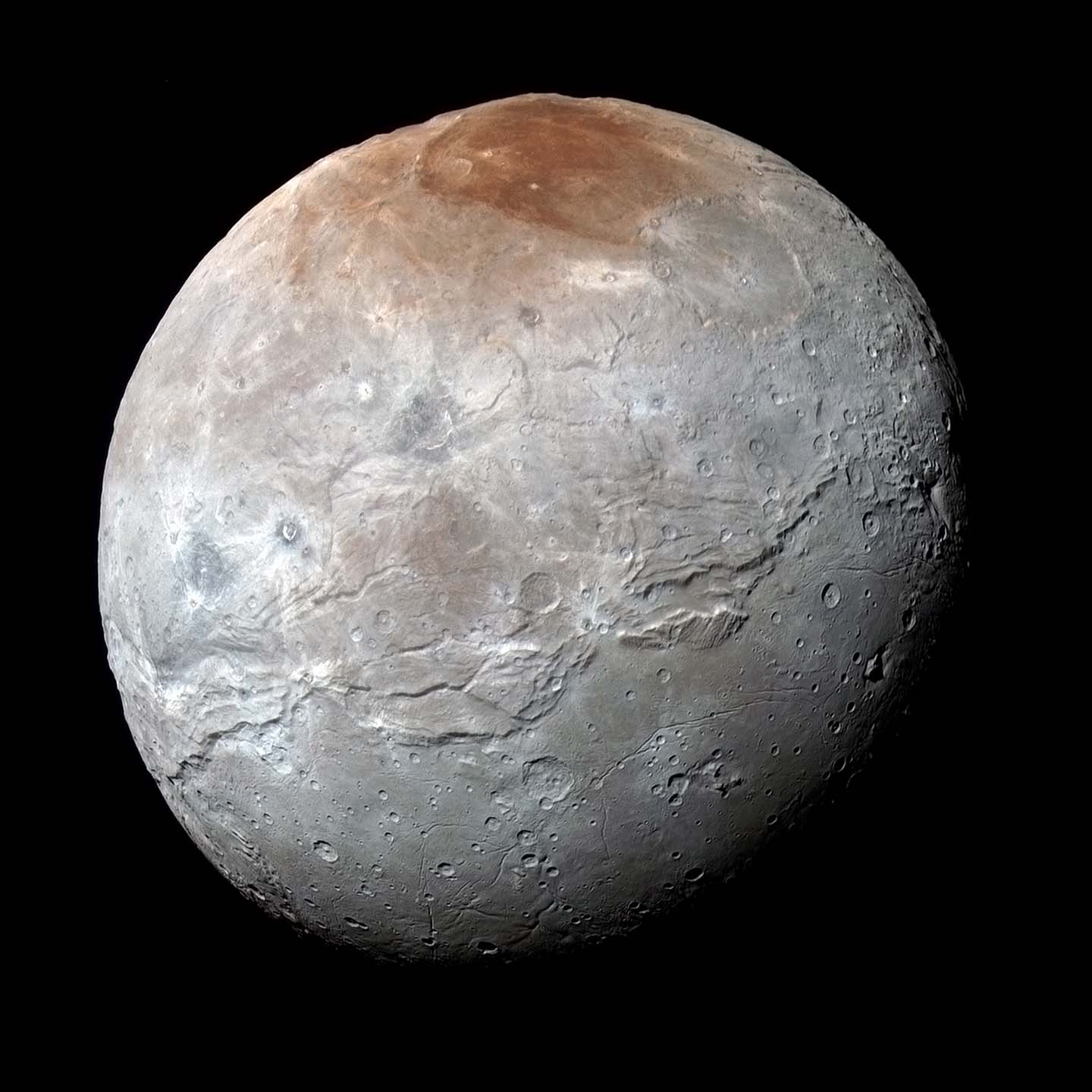Press Release
New Horizons Team Publishes First Research Paper in Science, Describing Numerous Pluto System Findings
From Pluto’s unusual heart-shaped region to its extended atmosphere and intriguing moons, New Horizons has revealed a degree of diversity and complexity in the Pluto system that few expected in the frigid outer reaches of the solar system.
The New Horizons team describes a wide range of findings about the Pluto system in its first science paper, released today. “The Pluto System: Initial Results from its Exploration by New Horizons,” led by mission Principal Investigator Alan Stern, appears as the cover story in the Oct. 16 issue of Science, just three months after NASA’s historic first exploration of the Pluto system in July.
“The New Horizons mission completes our initial reconnaissance of the solar system, giving humanity our first look at this fascinating world and its system of moons,” said Jim Green, director of planetary science at NASA Headquarters in Washington. “New Horizons is not only writing the textbook on the Pluto system, it’s serving to inspire current and future generations to keep exploring — to keep searching for what’s beyond the next hill.”
NASA’s New Horizons spacecraft reached a distance of 7,750 miles (12,500 kilometers) from Pluto’s surface during its July 14 closest approach, gathering so much data it will take almost another year to return to Earth. The data returned so far show a surprisingly wide variety of landforms and terrain ages on Pluto, as well as variations in color, composition and albedo (surface reflectivity). Team members also discovered evidence for a water-ice rich crust, multiple haze layers above the surface in Pluto’s atmosphere, and that Pluto is somewhat larger and a bit more ice rich than expected.
“The Pluto system surprised us in many ways, most notably teaching us that small planets can remain active billions of years after their formation,” said Stern, with the Southwest Research Institute (SwRI) in Boulder, Colorado. “We were also taught important lessons by the degree of geological complexity that both Pluto and its large moon Charon display.”

